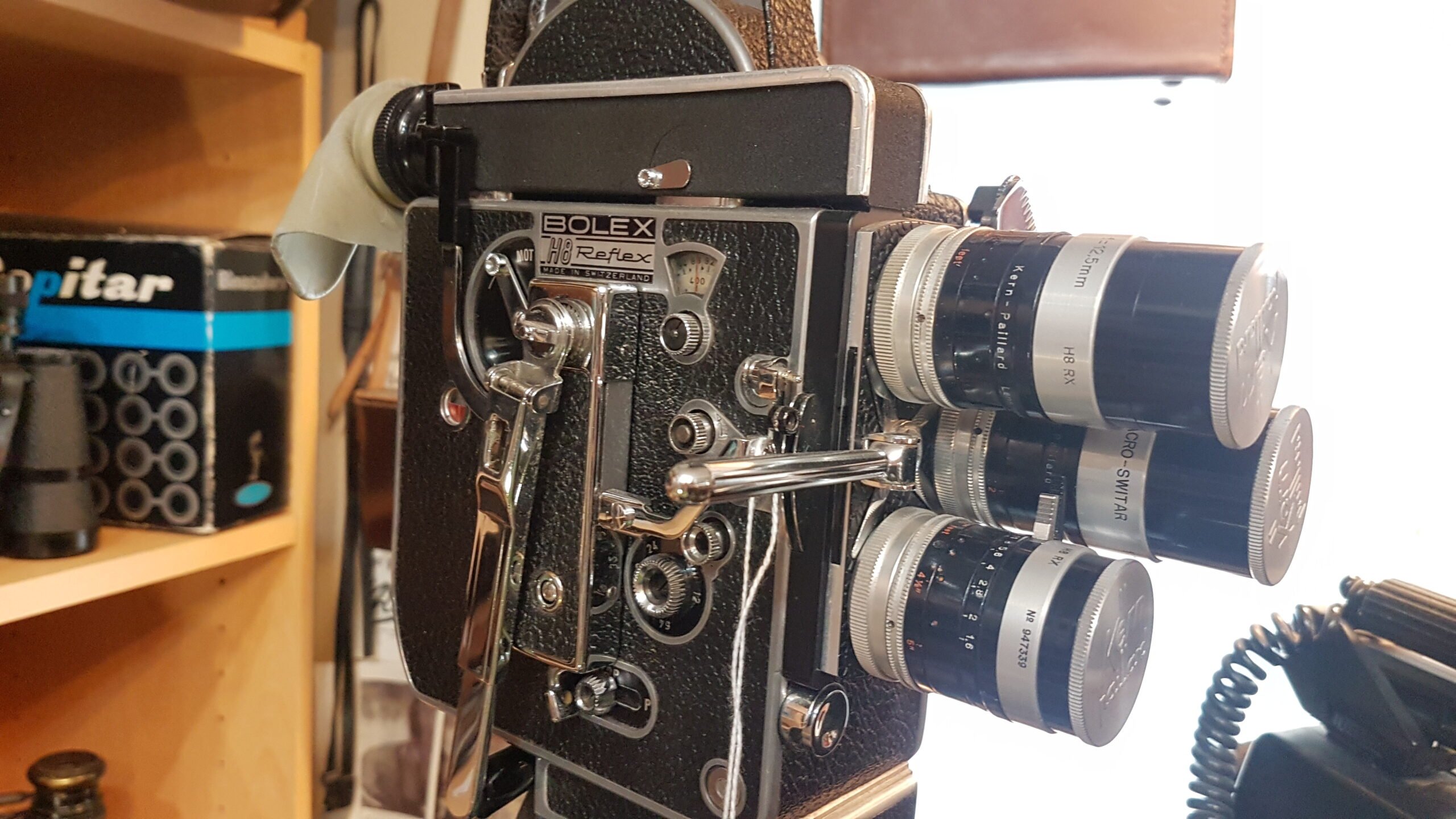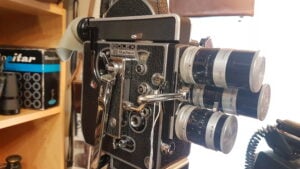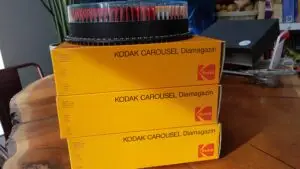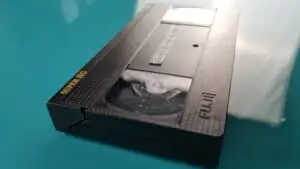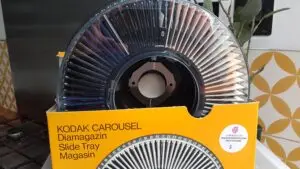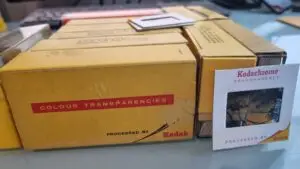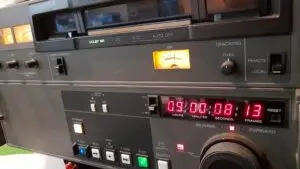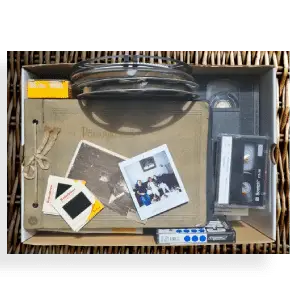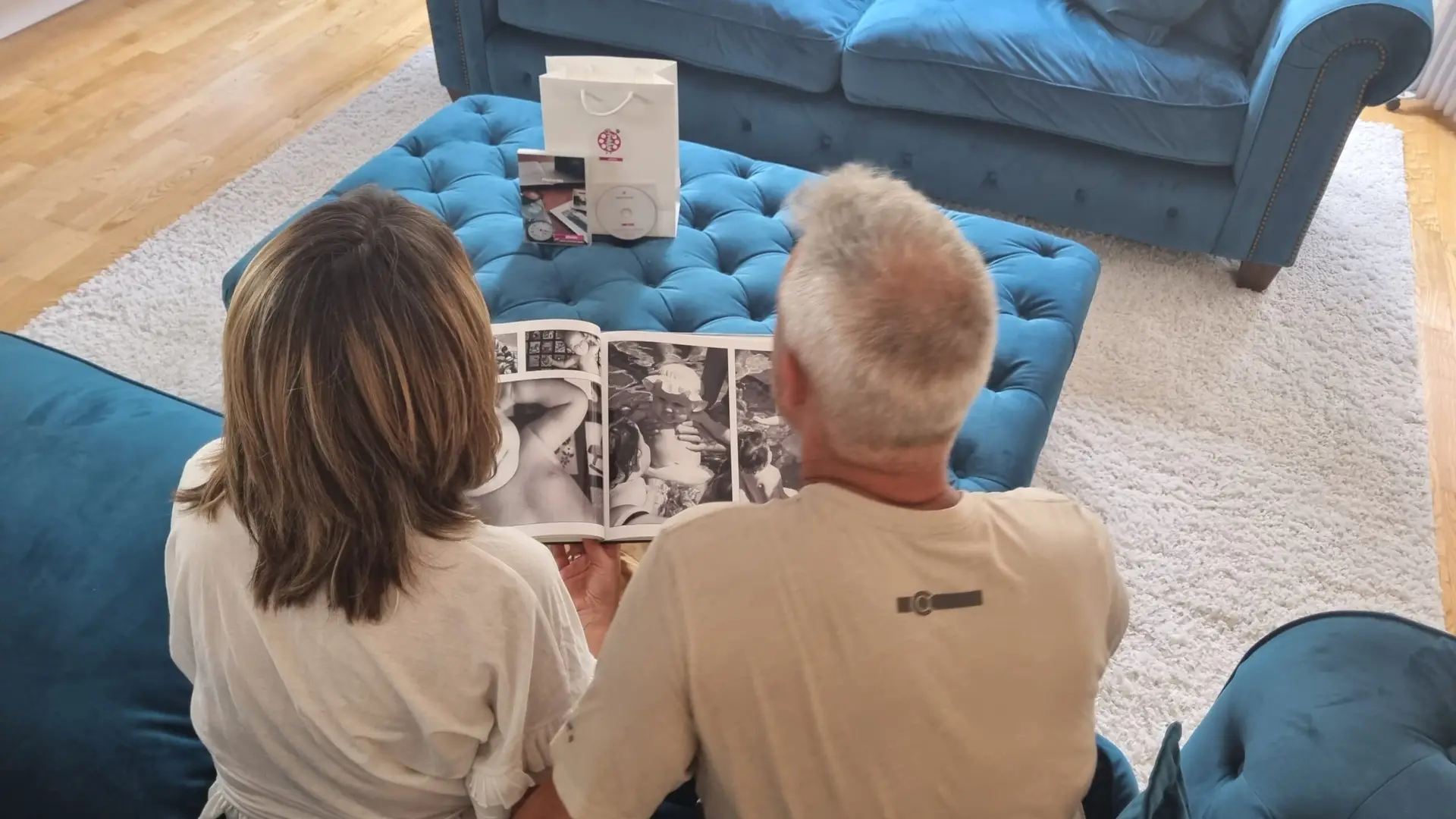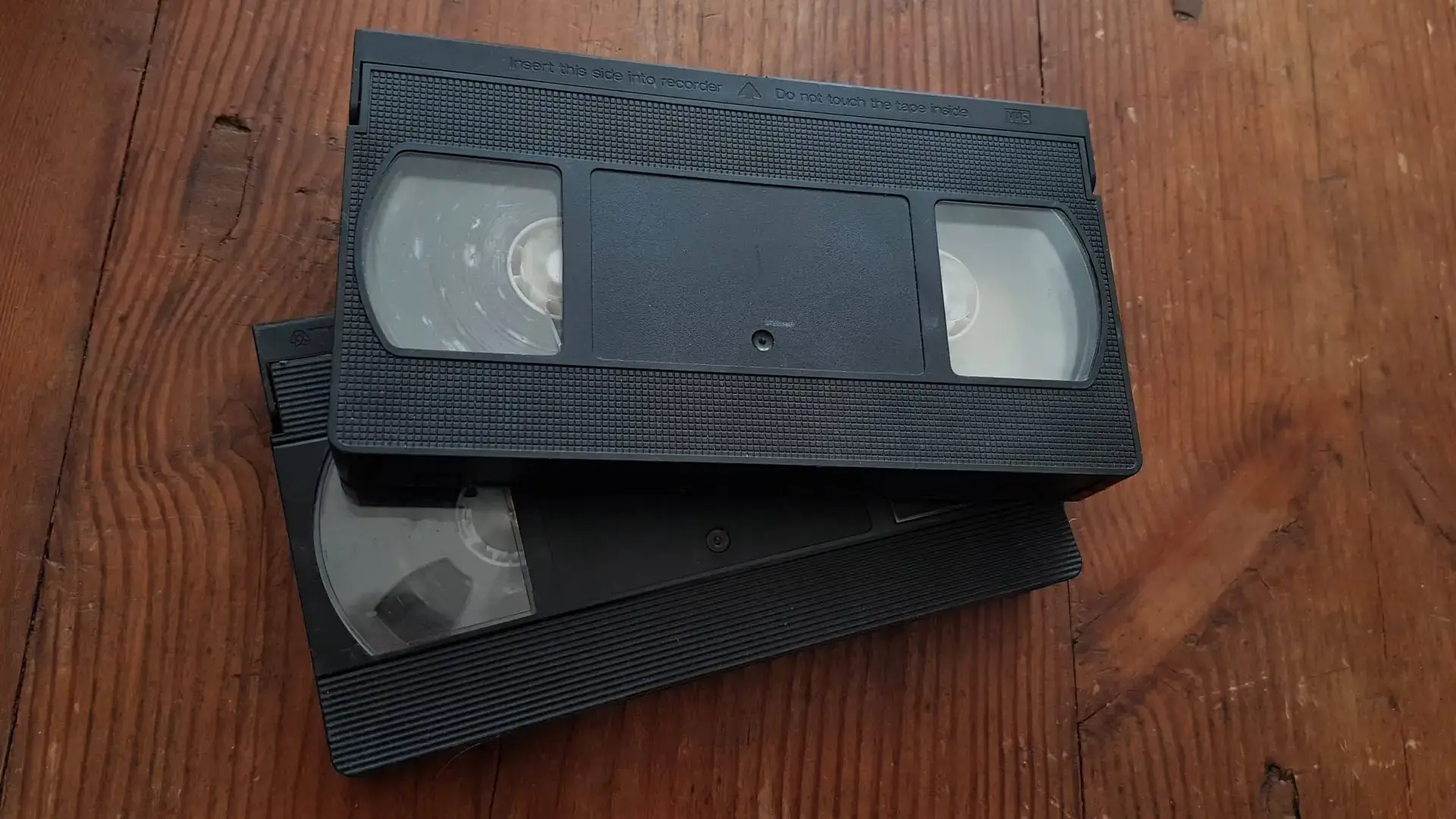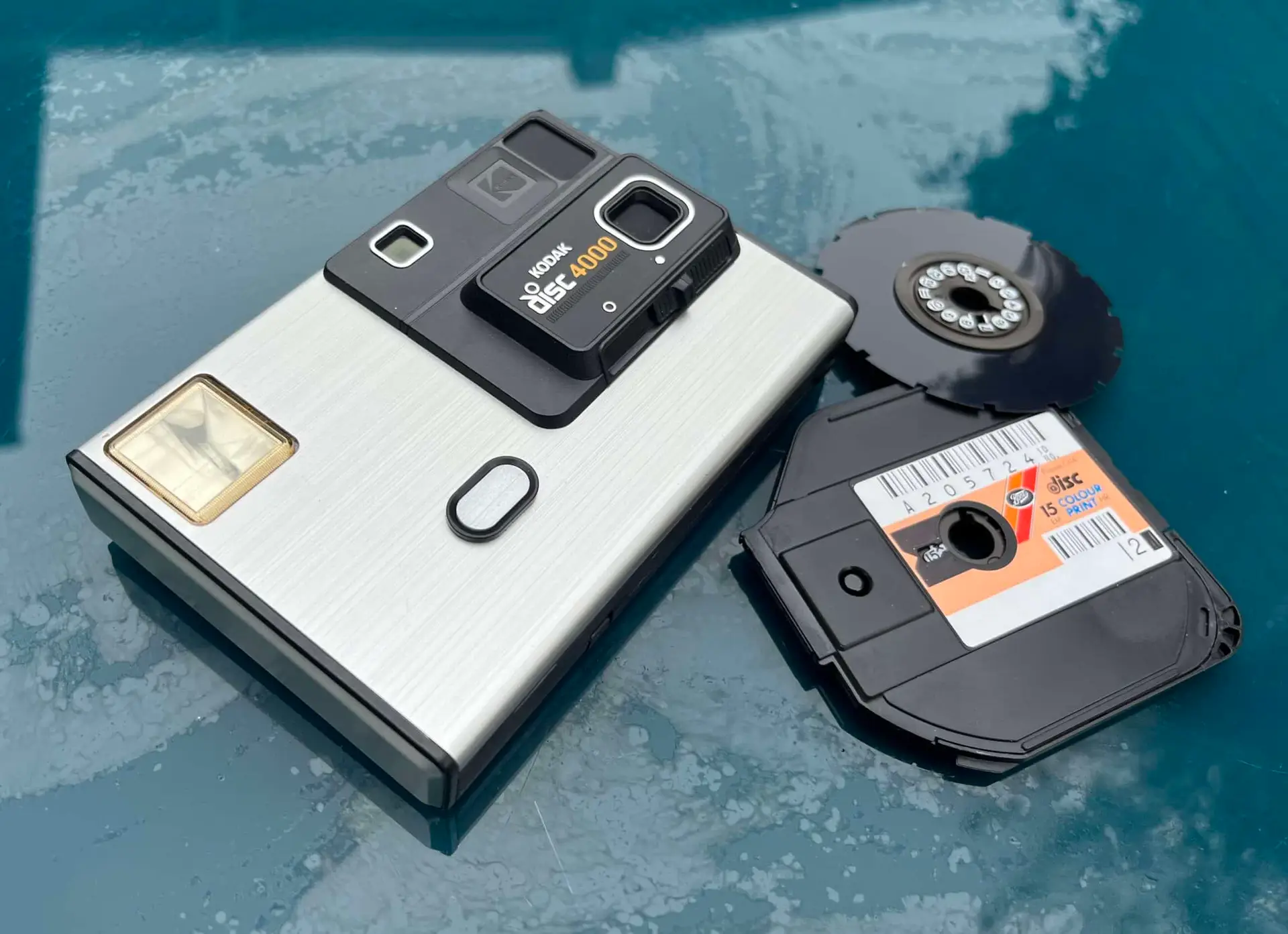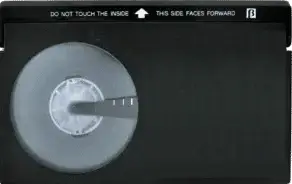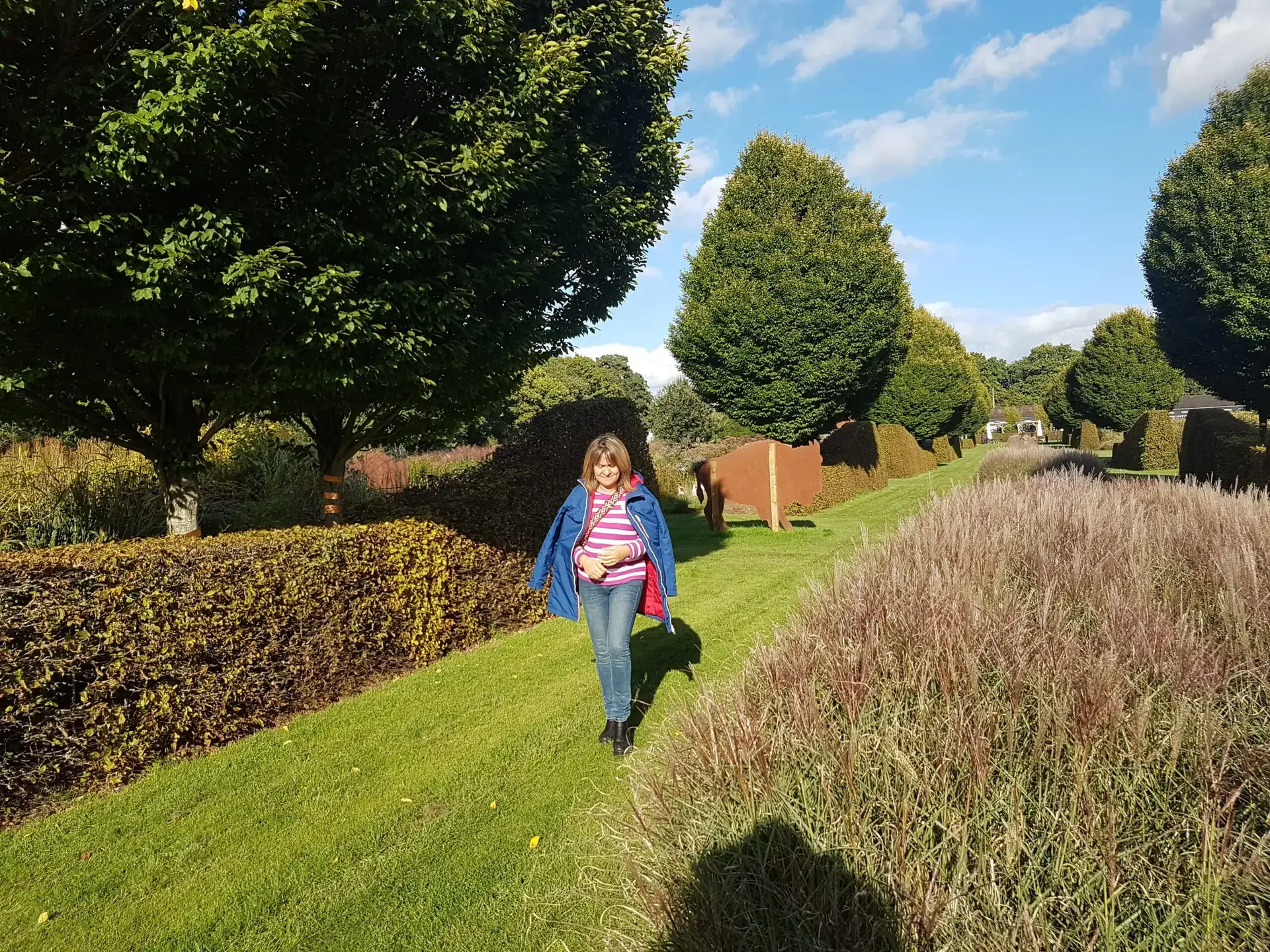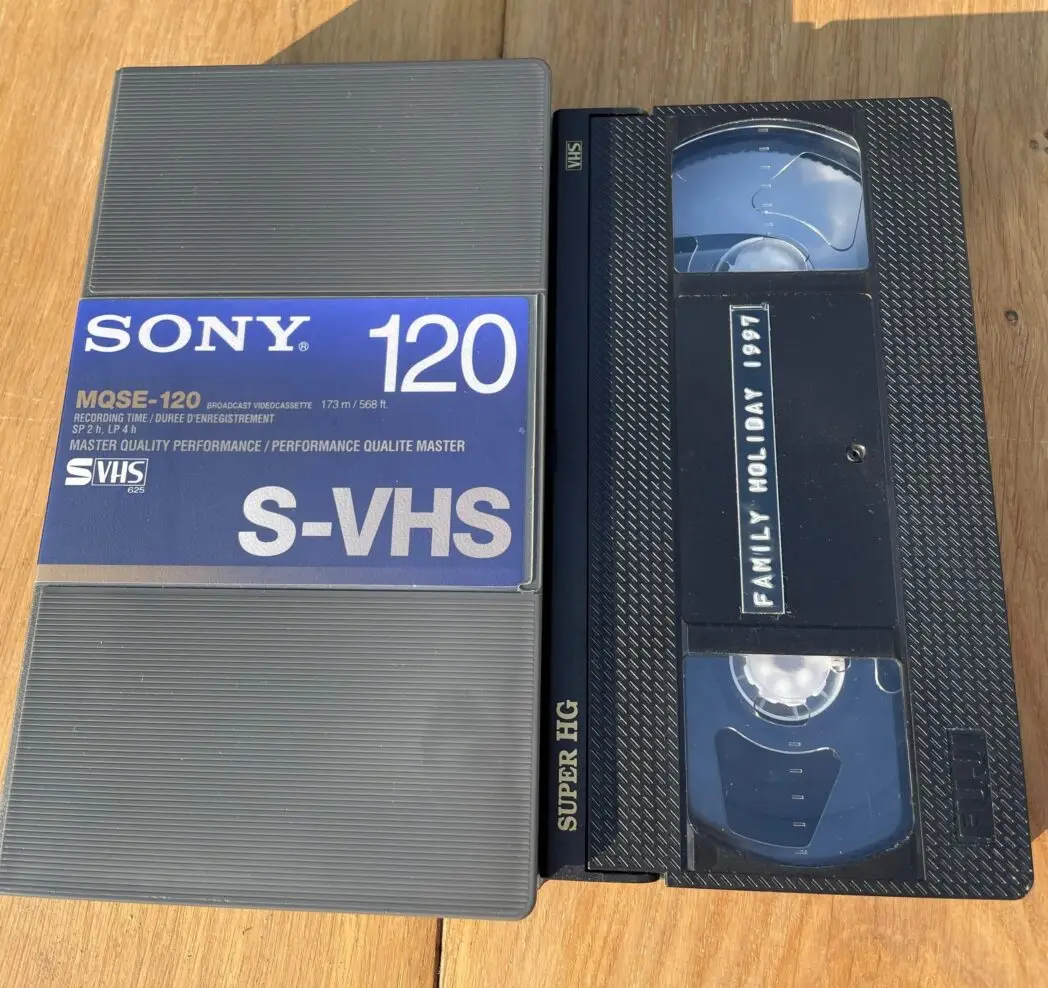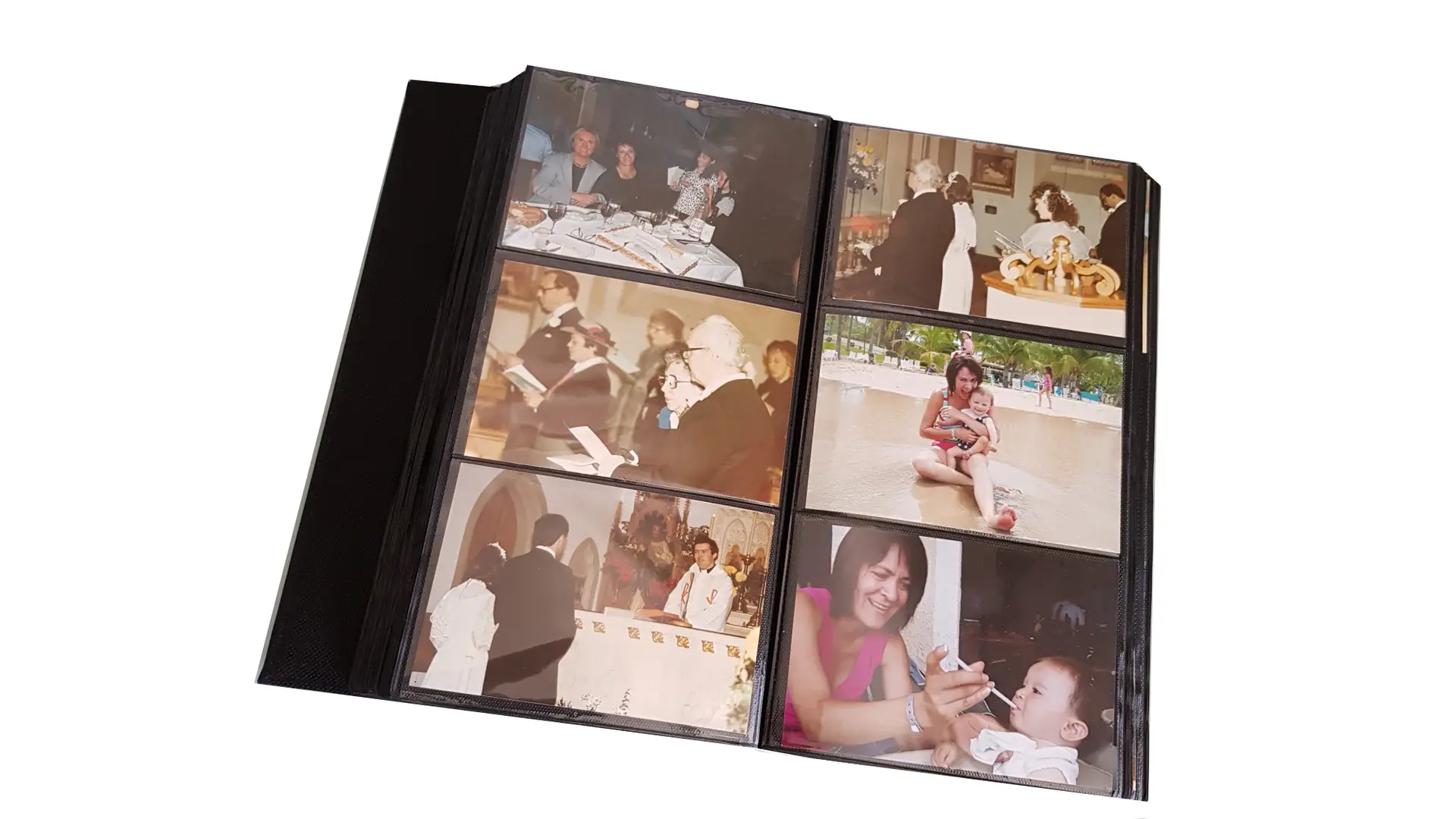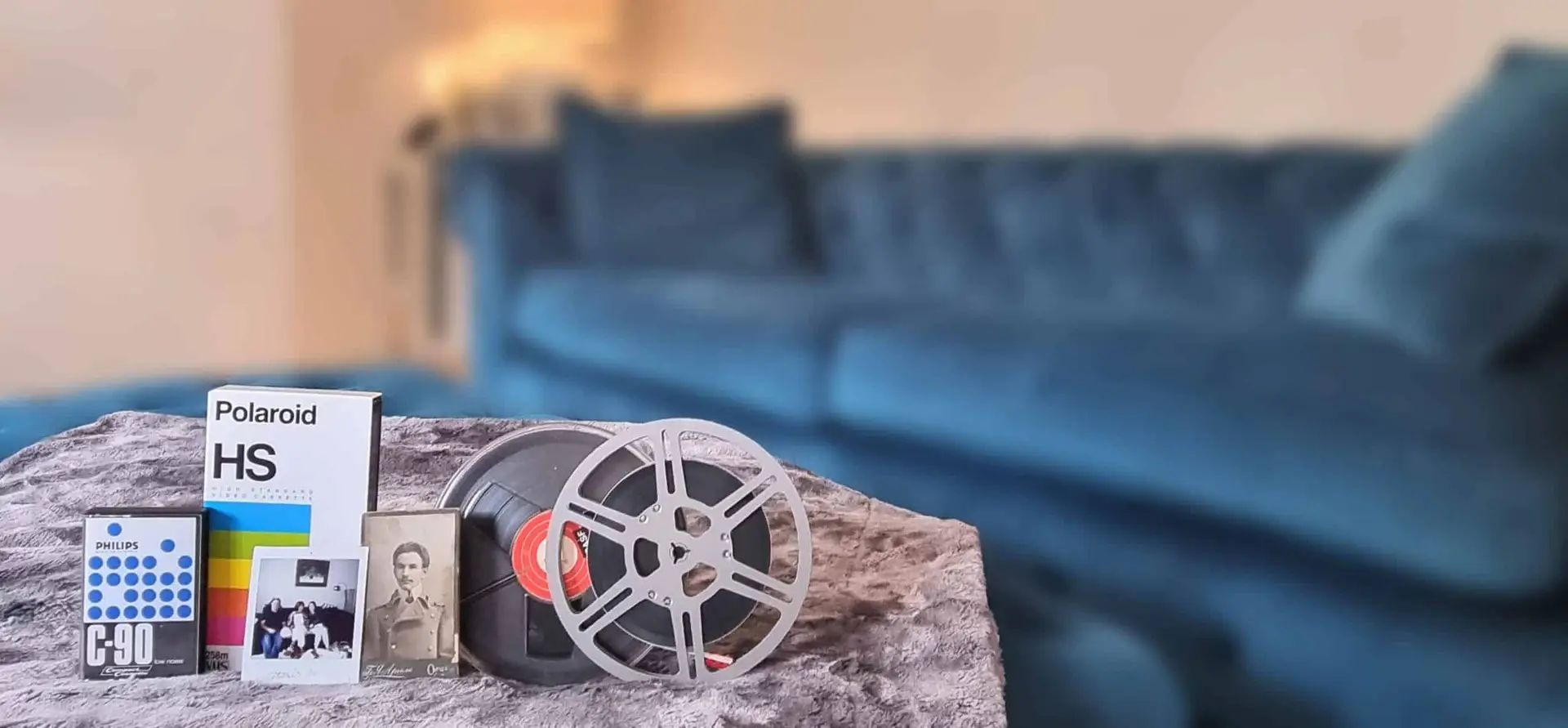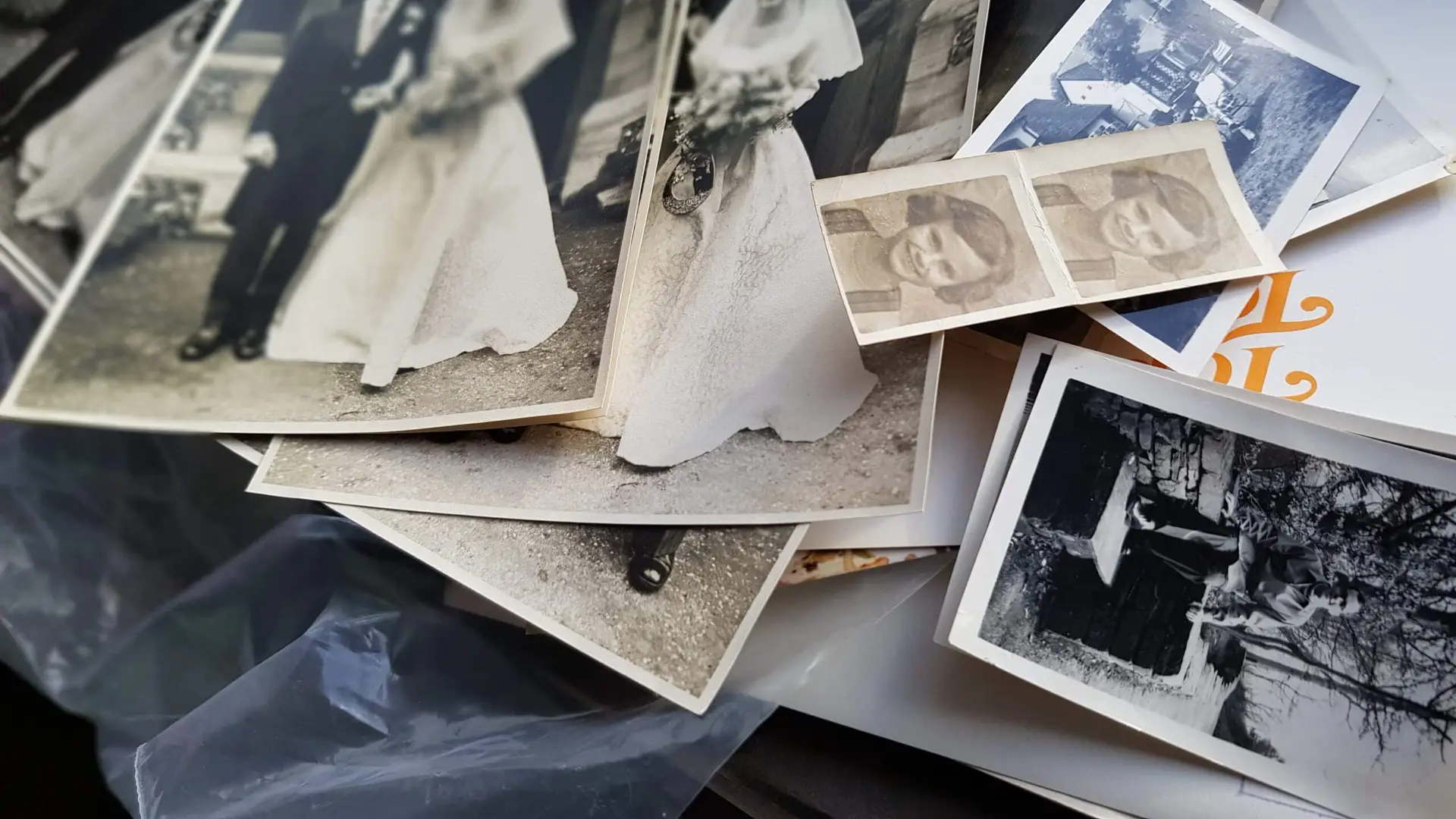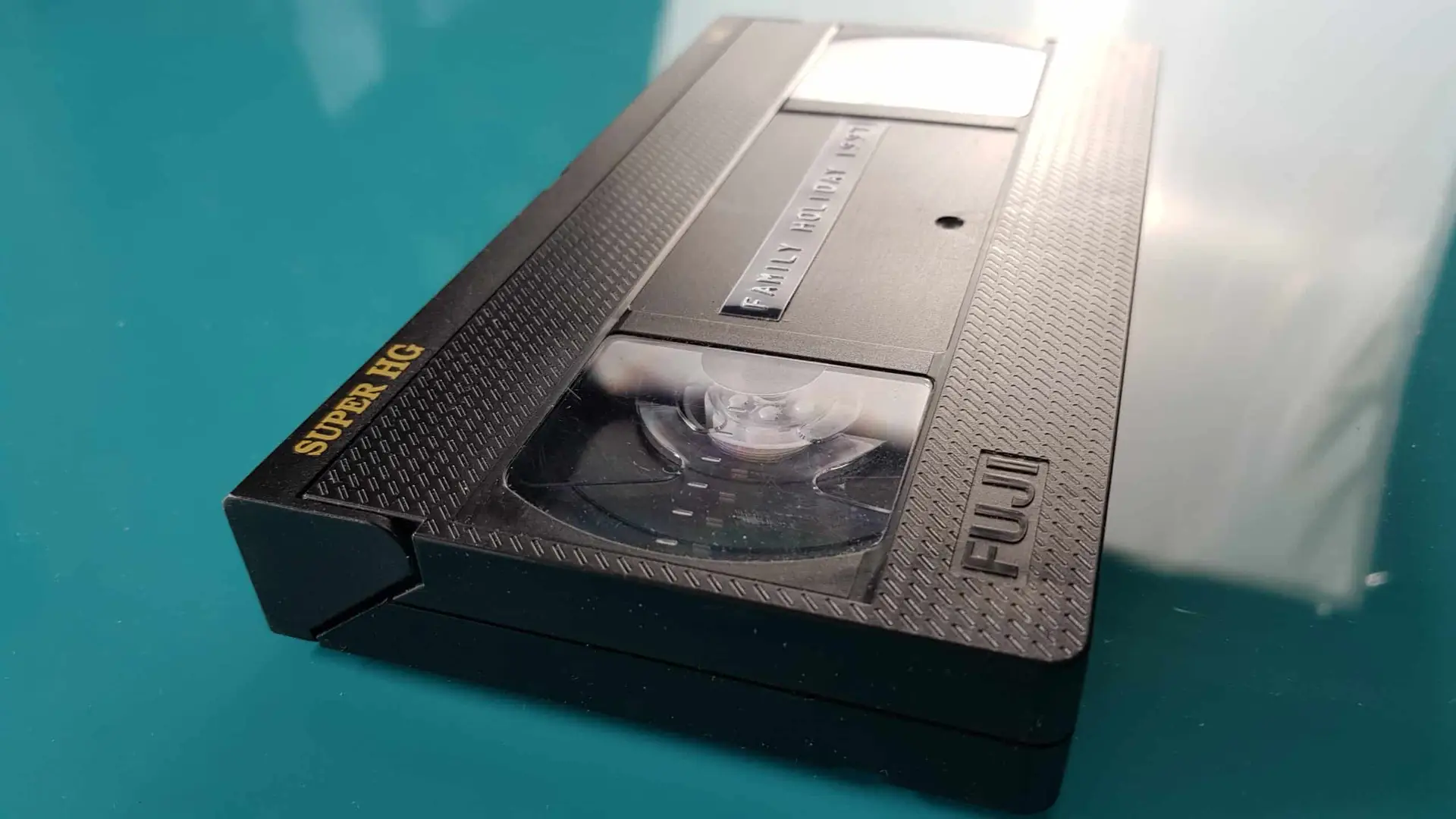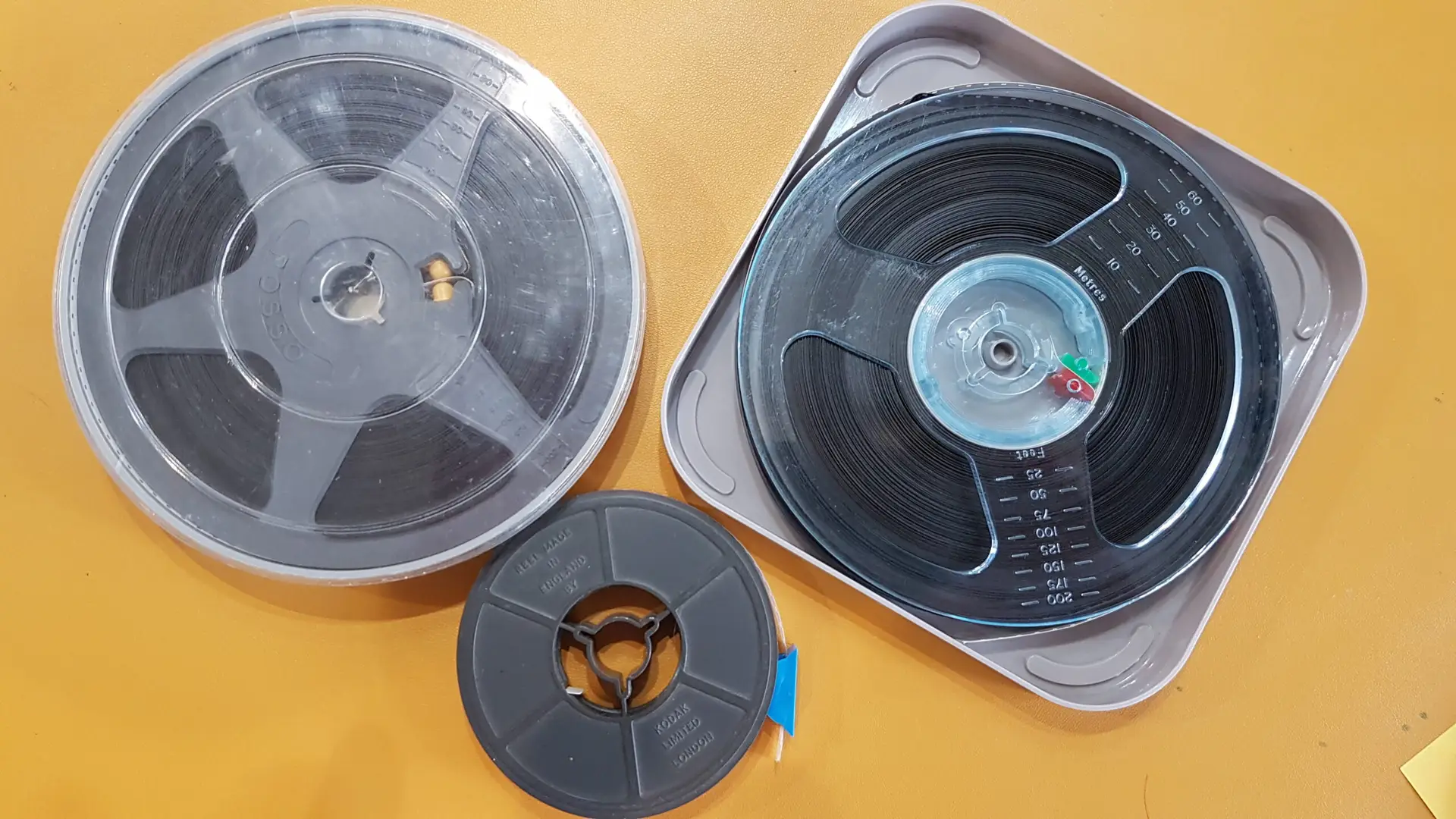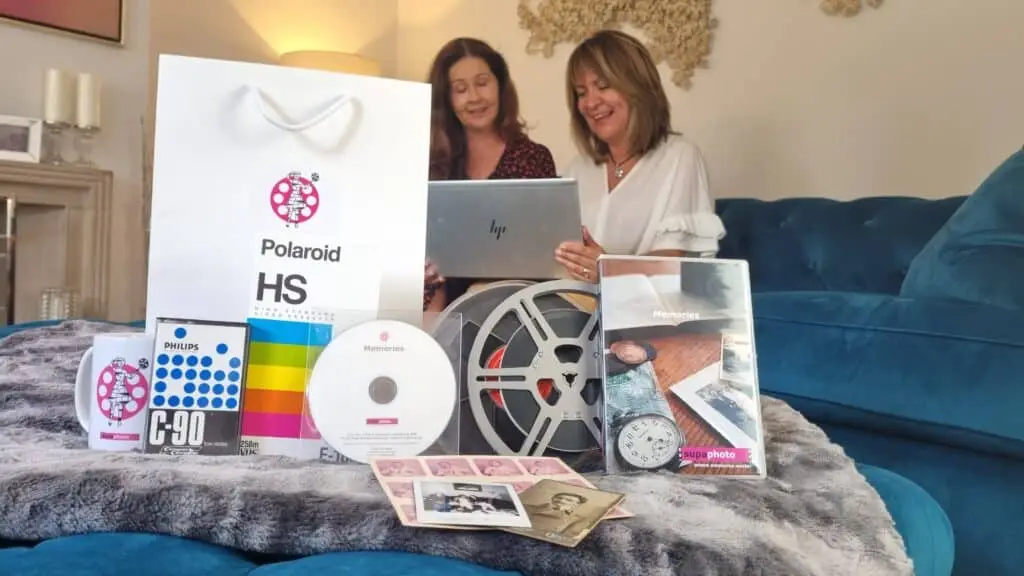16mm film is a motion picture format introduced in 1923 that became a lighter, safer, and more affordable alternative to 35mm film. Today, it’s prized for its nostalgic, grainy texture.
How to understand the history of 16mm film in 6 steps:
- Learn how and why 16mm was launched as a cheaper substitute for 35mm.
- Understand its early challenges in professional cinema use.
- Discover its practical advantages for portability and safety.
- See how education, the military, and propaganda adopted it.
- Follow its rise in television and documentary work.
- Explore its modern-day use in indie cinema and digitisation.
Entering the Market
When Eastman Kodak unveiled 16mm film in 1923, it was positioned as a budget-friendly counterpart to the dominant 35mm stock. The launch coincided with their new Kodak-Cine camera, marketed towards home moviemakers. However, in practice, the price was prohibitive. The complete kit — camera, tripod, and film — cost $335, the rough equivalent of purchasing a used car today (adjusted for 2025 inflation).
Compounding matters, the professional film industry dismissed the smaller gauge as inferior. Its reduced frame size meant that enlarging the image for cinema projection increased visible grain, leading to a perception of lower quality that kept it out of mainstream theatres.
Don’t Underestimate 16mm’s Purpose!
Despite scepticism, 16mm brought tangible benefits. Its smaller frame size and lighter reels made field filming feasible. The portable Kodak-Cine camera could be slung over a shoulder, enabling filmmakers to capture scenes far beyond the confines of a studio.
Another breakthrough was that 16mm prints came in positive format, eliminating the need for a negative-to-positive conversion. This streamlined development and simplified projection. With fewer perforations and a compact reel, mounting the film on a projector was quicker, paving the way for screenings in community halls, schools, and other non-theatrical venues.
Perhaps most crucially, 16mm was manufactured on acetate rather than nitrate stock. Nitrate’s notorious flammability had caused fires and accidents; acetate, branded as “safety film”, was non-combustible. This made home and public projection safe for amateurs — a first in motion picture history.
Expert Insight:
“Safety film’s introduction in 16mm marked a turning point for non-professional cinema, reducing fire hazards in homes and schools.” – British Film Institute
Lightweight and non-flammable, 16mm film made daylight shooting possible, a challenge for the cumbersome, heat-sensitive 35mm equipment. Home movie makers embraced the ability to capture life outdoors using natural light.
A Shift in Marketing
Within a few years, Kodak realised that 16mm film was better suited to education and business than to casual hobbyists. This pivot was influenced partly by the commercial industry’s fear of cheaper formats eroding profits, and partly by George Eastman’s personal passion for learning. In 1928, he launched Eastman Teaching Films to distribute educational titles on 16mm.
Kodak’s repositioning intensified after the 1932 introduction of 8mm film, an even more compact and economical format for amateurs. From then on, 16mm was aimed at professional, non-theatrical work — corporate communications, government services, propaganda, and the military. Its portability and adaptability made it a favourite for documenting World War II.
Government Intervention
During the Second World War, 16mm film was indispensable. The U.S. military used it extensively for morale-boosting shorts and instructional content, which soldiers nicknamed “two-hour furloughs” for their brief escape from combat realities. These were widely acknowledged as propaganda but also served an educational function for the home front.
Walt Disney Studios, facing financial difficulties, became a prolific supplier of such content. They produced animated shorts explaining taxation, resource conservation, and other civic duties, printed on 16mm to cut costs and enable projection in community spaces across America.
Expert Insight:
“The choice of 16mm during wartime wasn’t just budgetary — it was about reach. Portability meant propaganda could travel anywhere.” – Imperial War Museum
From Propaganda Tool to Television Standard
Post-war, television producers turned to 16mm film for location work. Documentaries, news segments, and dramas filmed outside the studio relied on its portability.
By the late 1960s, the BBC had become a driving force in improving 16mm’s quality. In partnership with Kodak, they developed Super 16mm, introduced in 1969, which featured a slightly wider frame to reduce grain when enlarged for broadcast.
According to Ofcom’s 2024 historical media survey, over 65% of BBC’s field footage from the 1970s was shot on 16mm or Super 16mm — an enduring testament to the format’s value.
Expert Insight:
“Super 16mm offered a balance between image quality and portability unmatched until the digital era.” – National Science and Media MuseumSeveral iconic UK sitcoms were shot on 16mm cine film, a choice that shaped their distinctive look and lasting charm. In the 1970s and 80s, when videotape dominated studio work, 16mm was still the go-to format for location scenes thanks to its portability and relatively high image quality.
One of the most famous examples is Fawlty Towers (1975–1979). While the hotel interiors were recorded on video in a studio, exterior sequences — such as Basil’s frantic car “conversation” — were captured on 16mm, lending a crisp yet slightly grainy realism to outdoor shots.
Only Fools and Horses also relied heavily on 16mm for its street and market scenes. This allowed the production team to film in real London locations without hauling cumbersome studio cameras. The format’s grain added warmth that viewers now associate with the era.
Other sitcoms, including Last of the Summer Wine, embraced 16mm almost entirely, particularly in its early years. Its rural Yorkshire landscapes benefited from the softer tones and natural colour reproduction that 16mm cine film offered.
Today, fans treasure these series not only for their humour but for the unmistakable visual texture that 16mm provided — a look still valued by directors seeking a timeless, authentic feel.
The Digital Shift
The digital revolution allowed 16mm film to be scanned in high definition, extending its lifespan in broadcast and cinema. British series like Doc Martin, Doctor Who, and Merlin made use of Super 16mm well into the 21st century. In the U.S., The O.C., Friday Night Lights, and Scrubs employed it for its distinctive texture.
Today, many indie filmmakers intentionally choose 16mm for its organic, grain-rich aesthetic. Directors such as Wes Anderson (Moonrise Kingdom), Todd Haynes (Carol), and Darren Aronofsky (Black Swan) have all used it to evoke a specific mood and tone.
The Pitfalls of Going It Alone
While digitising 16mm film at home might seem like a cost-saving option, it often leads to subpar results. Consumer-grade scanners can introduce flicker, misaligned frames, and colour inaccuracies. The process is also time-intensive, requiring delicate handling to prevent scratches or further degradation.
If you decide to hire a digitisation service, check not just the quantity but also the average quality rating of Google reviews for that provider. With historic media, precision and care outweigh raw speed or bulk handling.
Project Ideas After Digitising Your 16mm Film
| Project Idea | Description |
|---|---|
| Family Documentary | Combine footage with interviews for a multi-generational story. |
| Local History Archive | Donate or share footage with a local museum or archive. |
| Educational Resource | Offer digitised clips to schools for history lessons. |
| Festival Entry | Submit edited footage to a short film festival. |
| Online Exhibition | Curate a themed series on YouTube or Vimeo. |
Conclusion
The century-long journey of 16mm film reflects resilience, adaptation, and enduring artistic appeal. From being dismissed as inferior stock to becoming a mainstay in education, television, and modern art cinema, it remains a vital link between moving-image history and contemporary storytelling.
If you’ve got reels at home, preserving them is vital — not just for nostalgia, but for cultural heritage. At Supaphoto Ltd, we’ve been helping individuals, schools, and archives bring their 16mm collections into the digital age with precision scanning, expert restoration, and secure archiving.
Three ways to keep the legacy alive:
- Request a demo of our 16mm digitisation process to see the difference.
- Share this article to inspire others to save their cinematic heritage.
Ultimately, working with a professional team like Supaphoto Ltd’s 16mm Film digitisation service ensures that your reels are handled with the same care as a museum piece. Our technicians use broadcast-quality scanners, colour correction expertise, and archival-grade storage to protect your memories for decades to come. Whether your footage documents a family wedding, a military parade, or a forgotten community event, entrusting it to experts guarantees you’ll enjoy — and share — it in the best possible quality.


